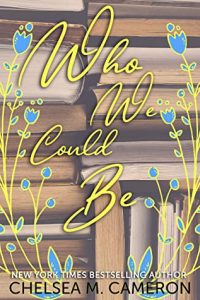That Summer Feeling delivers exactly that. A beach read set at an adult summer camp, this read is low angst and very wholesome. The beginning of the book starts out with a bit of chaos: a flashback to the past, a bit of family history to set the stage, and a frantic rush through the airport to catch a flight—not to mention a vision (there’s a light helping of woo in the beginning, but the book doesn’t involve much magical realism). But the pace slows considerably after the prologue, as the rest of the book spans the course of only seven days.
Our main character Garland requires a bit of patience—she’s 32 years old with zero sense of self identity, though the thing she’s got going for her is the awareness of that flaw. It’s one of the reasons she’s at this camp. Garland is licking her wounds from a recent divorce (to a man; this a toaster oven situation) but is also sort of letting the divorce define her in the same way that the relationship defined her. She was Married—now she’s Divorced. And she might just be done with romance, unless of course her fella decides to take her back. She’s hoping this summer camp will lead to a new start.
On paper, Garland is the sort of character that should really annoy me. She might really annoy you. But I found her to be so obtuse about her own feelings that it was actually kind of hilarious. When she meets Stevie, her roommate at camp, she’s immediately fascinated by her, and the two form a “camp alliance.” Despite enjoying her new friend’s company more than is typical of a platonic relationship, Garland takes a while to come around to realizing her queerness. It’s not for a lack of having queer friends or exposure to the idea of sexuality being fluid, she’s just been so caught up in a heteronormative idea of things like marriage as a measure of success she’s never paused to consider her sexuality.
Vague spoilers, highlight to read: Once she realizes her feelings for Stevie are romantic, it opens the floodgates for her Big Moment of Self Realization. For those who hate the instalove trope, you’ll likely not love Insta I Just Figured My Shit Out either, so you’ve been warned! It does make for a refreshing third act when our main character, in a situation where a main character usually does something monumentally stupid, instead shows her growth as a person. It’s tough to pull off that kind of low angst read yet still maintain tension through the end of the book, but That Summer Feeling gets it right.
There are also some solid themes of found family, not needing others to define your worth, and the difficulty developing adult friendships. With the addition of tropes that keep things light and help make this a pretty fluffy book overall, this is perfect for a relaxing day at camp.

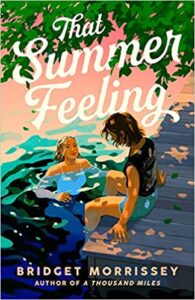
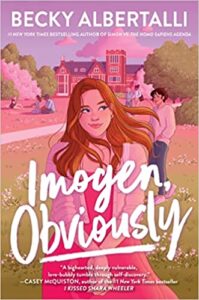
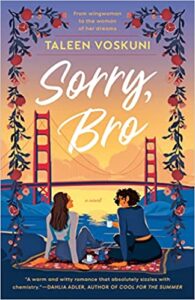
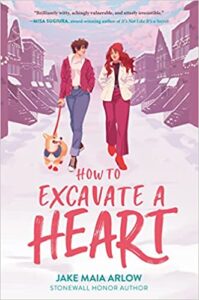
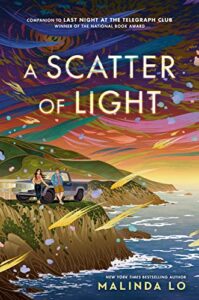
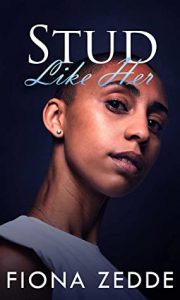
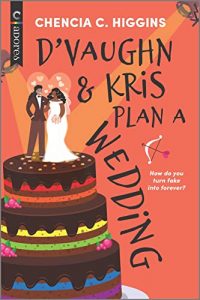
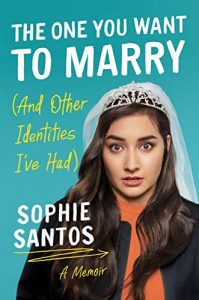
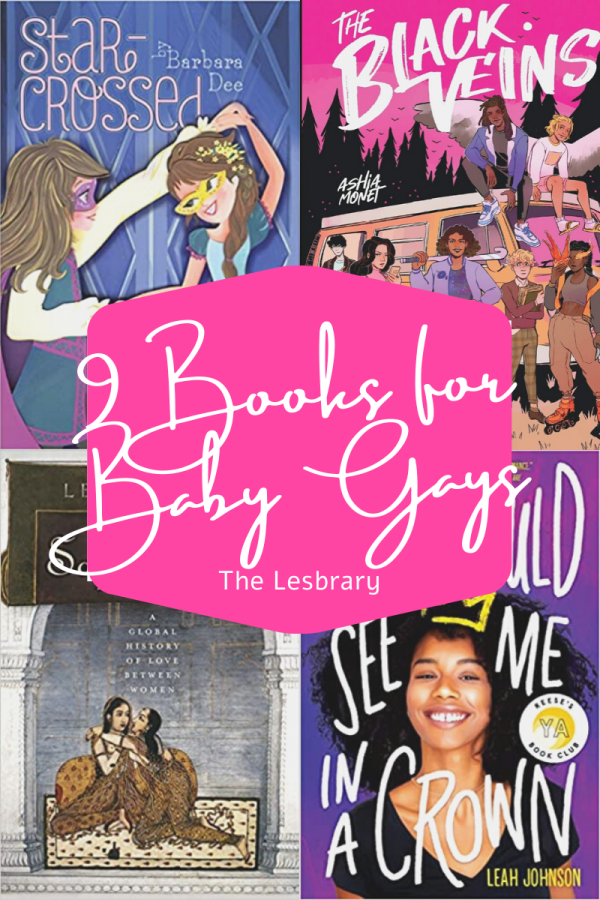
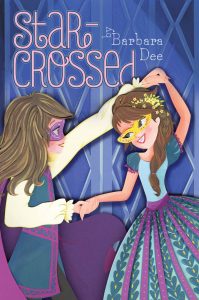
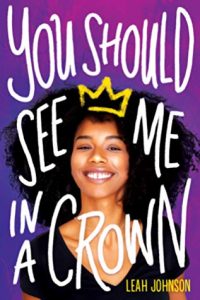

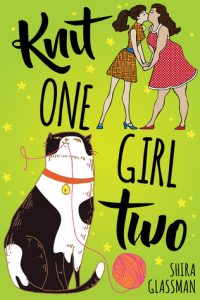
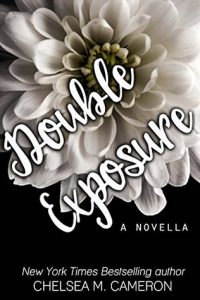
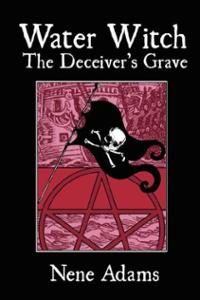
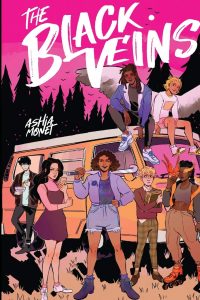
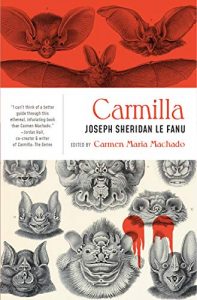
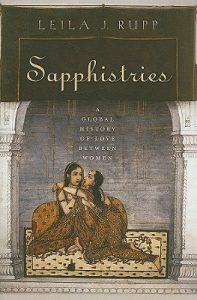 Sapphistries: A Global History Of Love Between Women by Leila J. Rupp
Sapphistries: A Global History Of Love Between Women by Leila J. Rupp